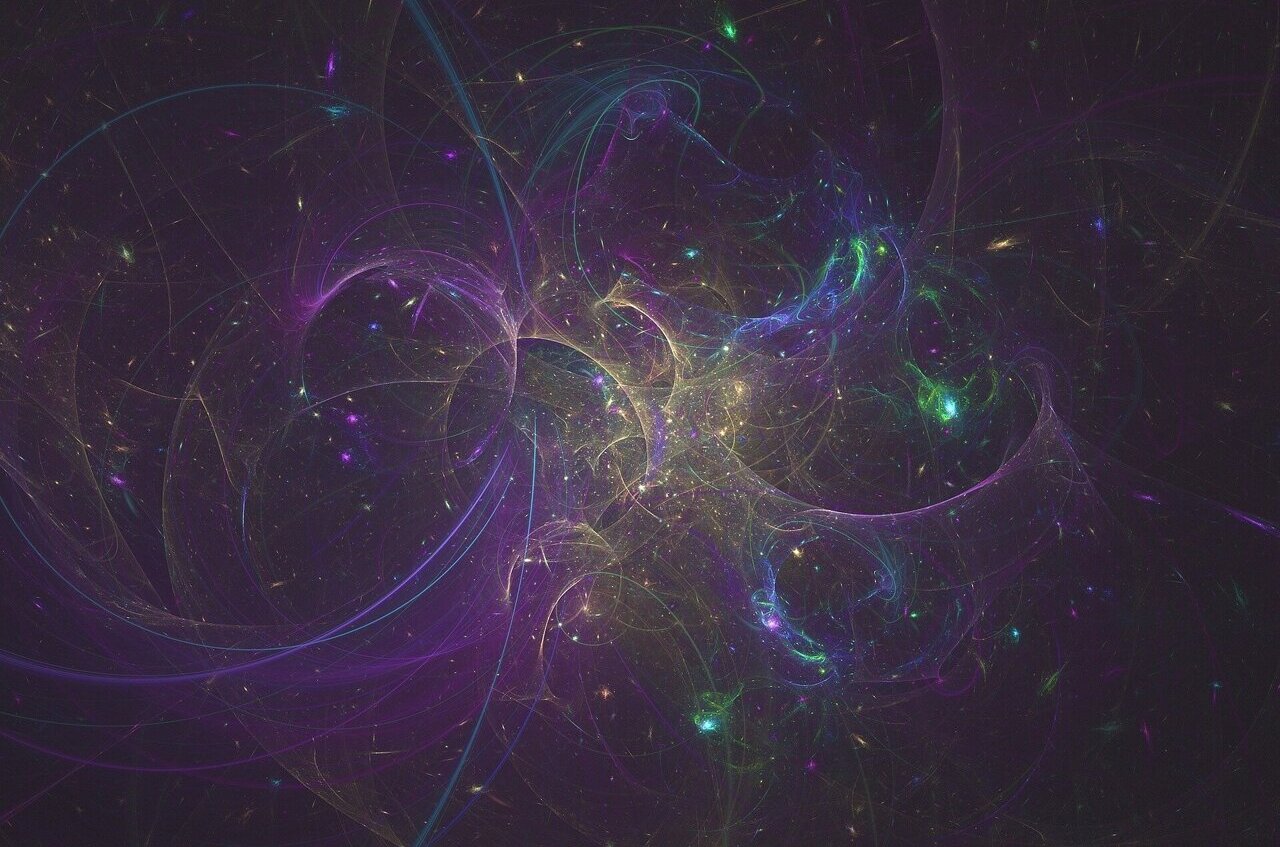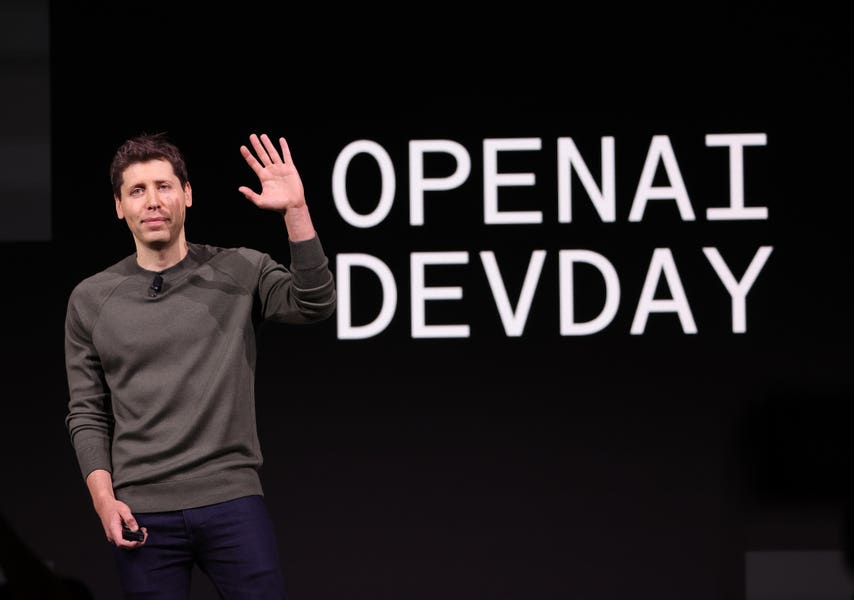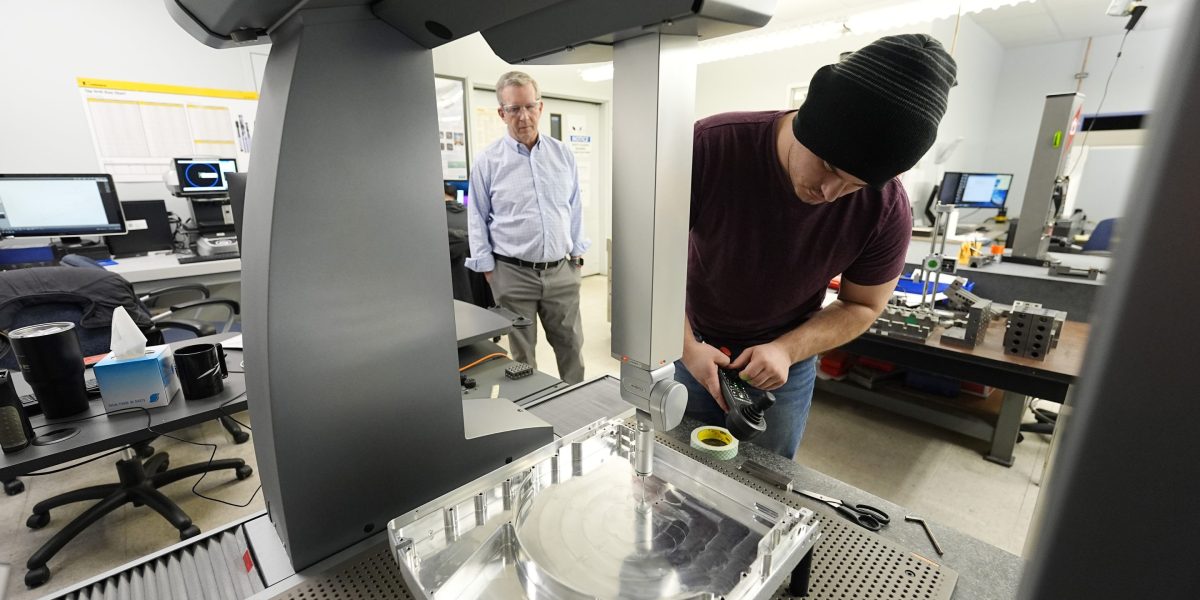In an instant, the turbulent, extremely hot plasma fueling a fusion reaction can lose stability and breach the powerful magnetic fields that confine it within the toroidal fusion reactor. These sudden escapes often mark the end of the reaction, presenting a fundamental obstacle to the advancement of fusion as a clean, virtually boundless energy source.
However, a team led by Princeton University, comprising engineers, physicists, and data scientists from the University and the Princeton Plasma Physics Laboratory (PPPL), has leveraged artificial intelligence to anticipate—and prevent—the emergence of a specific plasma issue in real time.
Through experiments conducted at the DIII-D National Fusion Facility in San Diego, the researchers showcased their model’s capability, trained solely on historical experimental data, to predict potential plasma instabilities, such as tearing mode instabilities, up to 300 milliseconds in advance.
While this timeframe allows for no more than a leisurely human blink, it provided ample opportunity for the AI controller to adjust specific operational parameters to avert the formation of a tear in the plasma’s magnetic field lines, which could disrupt its equilibrium and lead to a reaction-ending breach.
Egemen Kolemen, the research leader and associate professor of mechanical and aerospace engineering at Princeton, emphasized, “By drawing insights from past experiments rather than incorporating data from physics-based models, the AI managed to formulate a final control strategy that maintained a stable, high-powered plasma state in real time, within an actual reactor.”
This breakthrough paves the way for a more dynamic control of fusion reactions compared to existing methodologies, laying a foundation for utilizing artificial intelligence to address various plasma instabilities that have long impeded the achievement of a sustained fusion reaction. The team’s findings were published in Nature on February 21.
Jaemin Seo, the first author and an assistant professor of physics at Chung-Ang University in South Korea, highlighted the significance of their approach in predicting and preempting instabilities before their manifestation, unlike previous studies that mainly focused on managing these instabilities post-occurrence.
Fusion in a Toroidal Configuration
Fusion occurs when two atoms, typically light atoms like hydrogen, merge to form a heavier atom, releasing a substantial amount of energy in the process. This natural process fuels the sun and, by extension, sustains life on Earth.
However, inducing fusion on Earth is a formidable task, requiring immense pressure and energy for the atoms to overcome their inherent repulsion. While the sun’s gravitational force and high core pressures facilitate fusion reactions, scientists on Earth rely on superheated plasma and robust magnetic fields to achieve a similar outcome.
Within toroidal devices called tokamaks, often dubbed as “stars in jars,” magnetic fields grapple with plasmas exceeding temperatures of 100 million degrees Celsius, surpassing the sun’s core temperature.
Among the various plasma instabilities that can halt the fusion process, the Princeton team concentrated on addressing tearing mode instabilities, disruptions where the magnetic field lines within the plasma rupture, creating an opportunity for the plasma to escape.
“Tearing mode instabilities represent a significant factor leading to plasma disruption, especially as we aim to operate fusion reactions at higher power levels necessary for energy production,” noted Seo. “They pose a critical challenge for us to overcome.”
Integration of AI and Plasma Physics
Given the rapid formation of tearing mode instabilities capable of derailing a fusion reaction within milliseconds, the researchers turned to artificial intelligence for its agility in processing and responding to new data promptly.
However, developing an effective AI controller was akin to training a pilot to navigate a fusion reaction in a tokamak—a task requiring meticulous preparation and practice in a controlled environment before real-world application.
Azarakhsh Jalalvand, a research scholar in Kolemen’s group, likened the process to teaching someone to fly by first familiarizing them with a sophisticated flight simulator rather than handing them the keys to an aircraft without adequate training.
Similar to honing skills on a flight simulator, the Princeton team utilized data from past DIII-D tokamak experiments to construct a deep neural network capable of predicting the likelihood of future tearing instabilities based on real-time plasma characteristics.
This neural network was then employed to train a reinforcement learning algorithm, allowing it to experiment with various strategies for plasma control and learn through trial and error within a simulated environment, akin to a pilot trainee refining their skills.
Jalalvand explained, “We don’t burden the reinforcement learning model with the intricate physics of fusion reactions. Instead, we define the objective—sustaining a high-powered reaction—the obstacle to avoid—tearing mode instability—and the control parameters it can adjust to achieve the desired outcomes. Over time, it learns the optimal approach for maintaining high power while circumventing instability.”
Throughout numerous simulated fusion experiments, the model explored methods to sustain high power levels while evading instabilities. SangKyeun Kim, a staff research scientist at PPPL, and former postdoctoral researcher in Kolemen’s group, monitored and refined the model’s actions.
Kim elaborated, “We can discern the model’s intentions behind the scenes. Some of its proposed changes may be too abrupt, prompting us to refine and stabilize its actions. As humans, we mediate between the AI’s preferences and the tokamak’s operational constraints.”
Upon validating the AI controller’s proficiency, the team tested it in an actual fusion experiment at the DIII-D tokamak, observing real-time adjustments made by the controller to specific tokamak parameters to prevent instability onset. These adjustments encompassed altering the plasma shape and power input from beams to the reaction.
Kim remarked, “Anticipating instabilities in advance streamlines the operation of these reactions compared to current methods, which are more reactive. We no longer need to wait for instabilities to manifest before taking swift corrective measures to prevent plasma disruption.”
Advancing Towards the Future
While the researchers view this work as a promising proof-of-concept showcasing how artificial intelligence can effectively manage fusion reactions, they acknowledge it as merely one of many ongoing initiatives in Kolemen’s group to propel fusion research forward.
The immediate objective is to gather more empirical evidence of the AI controller’s performance at the DIII-D tokamak and subsequently extend its applicability to other tokamaks.
Seo emphasized, “While we have compelling evidence of the controller’s efficacy at DIII-D, we require further data to demonstrate its versatility across diverse scenarios. Our aim is to progress towards a more universally applicable solution.”
Another avenue of research involves enhancing the algorithm to address multiple control challenges simultaneously. While the current model utilizes a limited set of diagnostics to prevent a specific type of instability, the researchers envision incorporating data on various instability types and offering the AI controller access to a broader range of parameters for optimization.
Shousha, a postdoctoral researcher at PPPL and former graduate student in Kolemen’s group, who facilitated the DIII-D experiments, envisioned, “Imagine a comprehensive reward system that adjusts multiple parameters to concurrently manage several instability types. This could significantly enhance control capabilities.”
As researchers strive to develop more adept AI controllers for fusion reactions, they anticipate gaining deeper insights into the underlying plasma physics. By scrutinizing the AI controller’s decision-making process as it endeavors to contain the plasma, which may diverge significantly from conventional approaches, artificial intelligence could not only serve as a control tool but also as an educational resource.
Kolemen concluded, “In due course, the interaction between scientists and these AI models may evolve beyond a unidirectional exchange. Through in-depth analysis, AI models may impart valuable lessons to us as well.”
More information:
Egemen Kolemen, Avoiding tearing instability in fusion plasma using deep reinforcement learning, Nature (2024). DOI: 10.1038/s41586-024-07024-9. www.nature.com/articles/s41586-024-07024-9
Provided by
Princeton University
Citation:
Engineers use AI to wrangle fusion power for the grid (2024, February 21)
retrieved 21 February 2024
from https://phys.org/news/2024-02-ai-wrangle-fusion-power-grid.html
This document is subject to copyright. Apart from any fair dealing for the purpose of private study or research, no part may be reproduced without the written permission. The content is provided for information purposes only.










